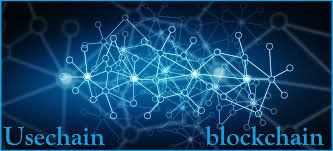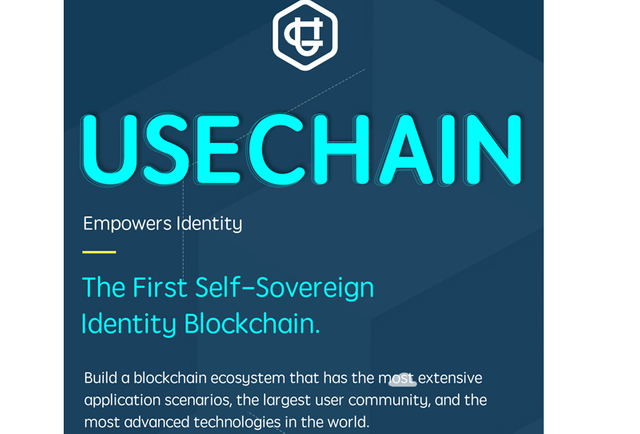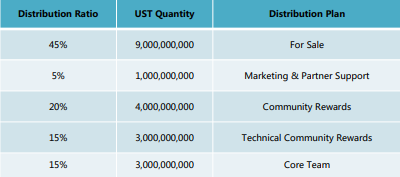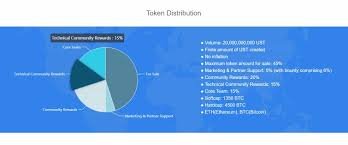
INTRODUCTION
Blockchain is either the most important technological innovation since the internet or a solution looking for a problem which can be refer to as the decentralized ledger behind the digital currency. This ledger consist of linked batches of transactions known as blocks (hence the term blockchain) and an identical copy is stored on each of the roughly 200,000 computers that make up the bitcoin network.
Many of the technologies taken for granted were simple revolutions in their own time. Just think about how smartphones have changed the way we live and work. It used to be that when people were out of the office, they were gone, because a telephone was tied to a place, not to a person. Now we have global nomads building new businesses straight from their phones.
We’re now in the era of another quiet revolution which is known as blockchain as I said earlier, it's a distributed database that maintains a continuously growing list of ordered records, called “blocks.” Consider what has happened before the existence of blockchain. The first major blockchain innovation was bitcoin, a digital currency experiment. The market cap of bitcoin now hovers between $10–$20 billion dollars and is used by millions of people for payments, including a large and growing remittances market.
The second innovation was called blockchain, which was essentially the realization that the underlying technology that operated bitcoin could be separated from the currency and used for all kinds of other interorganizational cooperation.
The third innovation was called the “smart contract,” embodied in a second-generation blockchain system called ethereum, which built little computer programs directly into blockchain that allowed financial instruments, like loans or bonds, to be represented, rather than only the cash-like tokens of the bitcoin.
The fourth major innovation, the current cutting edge of blockchain thinking, is called “proof of stake.” Current generation blockchains are secured by “proof of work,” in which the group with the largest total computing power makes the decisions. These groups are called “miners” and operate vast data centers to provide this security, in exchange for cryptocurrency payments.
The fifth major innovation on the horizon is called blockchain scaling. Right now, in the blockchain world, every computer in the network processes every transaction. I'm glad to introduce to you my readers USECHAIN, a platform that brings about the first mirror identity blockchain.

Based on the existing technologies in blockchain, Usechain becomes the first public blockchain to be built on Mirror Identity Protocol and integrated with multi-level innovations in technology and structure design,which can be used to break the bottlenecks in the development process of blockchain,provide infrastructure of technology for the virtual and parallel world in the future,build an identity blockchain system built on a new technical structure,develop more widely used Dapps and provide underlying technical support for the application explorations in finance, consumption, entertainment, social-networking, games, IoT, supply chain management, asset management and social management and add more value to identity by allowing people to be connected to the financial service provided by Wall-street in an easy, convenient and instant way.
Usechain takes adding value to identity as the core idea and aims to build a new commercial model of blockchain based on MIP and the multi-level reorganizations in underlying level, which will go far beyond the traditional models like “identity data economy” and “identity trust model”. Usechain will support decentralized Dapps in future inclusive financial services.
The Usechain foundation is aiming to satisfies the following conditions Performance and scalability, Identity-based and Low technical barrier which will be applied to the mass market. As the Usechain ecosystem continue to be improved, the behavioral data generated by people, events and objects within the identity-based ecosystem will be transparent, open and irreversible. Under the precondition of privacy security, traditional identity information changes from being scattered and fragmented to being aggregated to individual-based. Individuals can create value in the ecosystem by continually investing time, attention, assets, etc. and get returns from the ecosystem.
USECHAIN TOKEN (UST)
The total quantity of UST is 20,000,000,000 UST. The distribution plan is as following:


Soft Cap: 2,700,000,000, If it isn't reached, all the raised capital will be returned to the investors.
Hard Cap: 9,000,000,000, If it isn't reached, all the token unsold will be destroyed.
CONCLUSION
In conclusion, Usechain Foundation is developing a real-name credit ecosystem, making it possible for consumers to enjoy all products and service based on credit. At the same time, the Usechain foundation will give developers an open and sustainable platform to, develop, deliver and enhance those existing services to attract users. To accomplish that, the Usechain foundation will devote its resources to three specific areas including research, development and governance. To know more about this project, the links below will be of help.
Website: http://www.usechain.net
Whitepaper: https://www.usechain.net/usechain_en.pdf
Weibo: https://weibo.com/usechain
Twitter: https://twitter.com/usechain
Facebook: https://www.facebook.com/UsechainFoundation
Telegram: https://t.me/usechaingroup
Medium: https://medium.com/@usechain
Reddit: https://www.reddit.com/user/Usechain
Writer bitcointalk username: lumibaba
Writer bitcointalk address: https://bitcointalk.org/index.php?action=profile;u=2151502
Eth wallet address: 0x83b1556667E1A776Db4Eb9e9373c5Ea1F3308a24
Downvoting a post can decrease pending rewards and make it less visible. Common reasons:
Submit